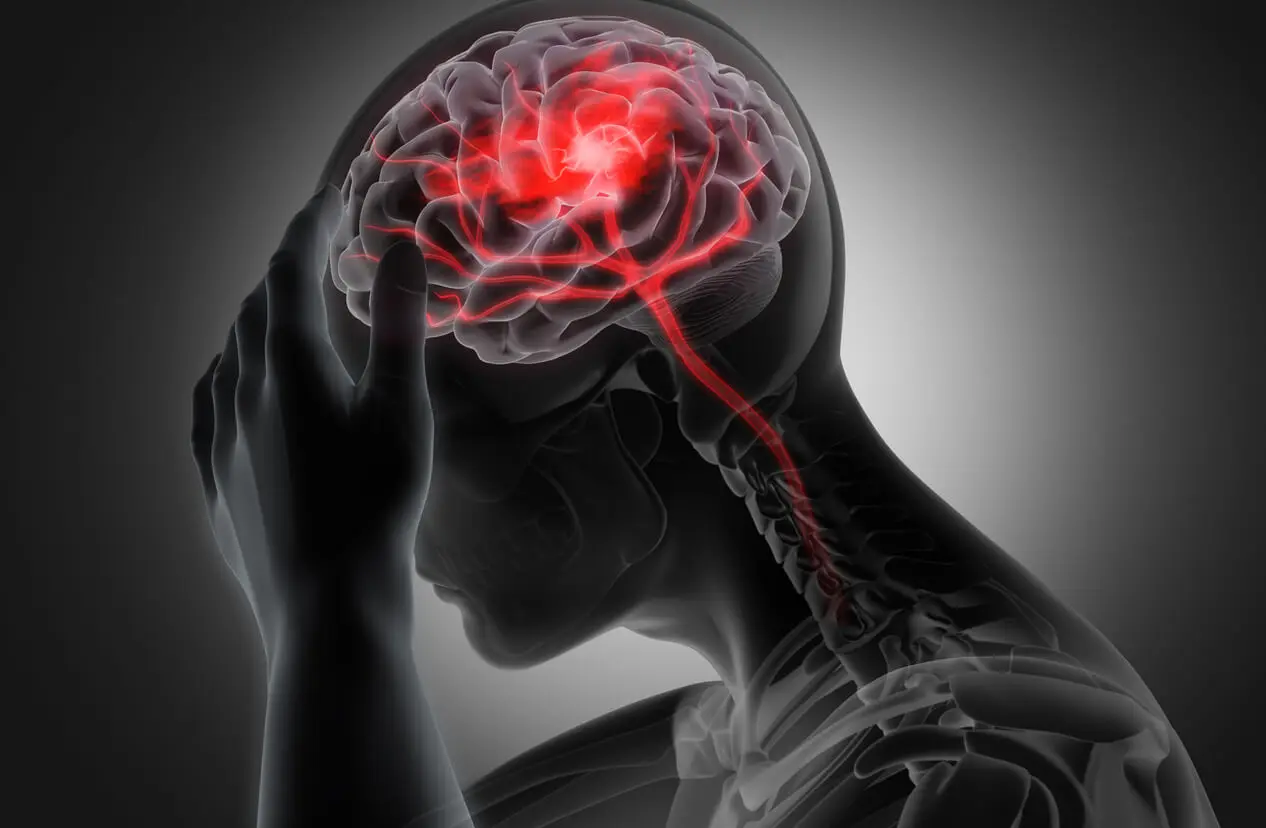What Is a Stroke Unit?


Written and verified by the doctor Leonardo Biolatto
A stroke is a medical emergency that requires urgent neurological care, since every minute that passes without professional attention reduces the chances of recovery. Find out about the role of a stroke unit in this article.
Thanks to advances in the diagnosis and treatment of strokes in recent decades, immediate patient care has been improved. This is extremely important, since strokes are the second most prevalent cause of death in Europe.
5 medical benefits of a stroke unit
Since their arrival a couple of decades ago, stroke units have made it possible to save the lives of patients with critical cases of strokes. And since no one is exempt from suffering a stroke at some point in their life, acquiring health insurance can be a recommendable decision to take care of ourselves and our family. In this way, it will be easier to receive priority care and be in the hands of professionals who will watch over our well-being.
Now, what other advantages do stroke units provide?
1. They allow rapid and specialized assistance
Strokes require urgent medical attention, since every minute wasted could mean the patient’s life. Because of this, several studies have highlighted that the main benefits of a stroke unit are to offer rapid and specialized care to improve the prognosis of the disease.
In general, patients suffering from hemorrhages arrive at the hospital faster than those with heart attacks, something that could be explained by the dramatic onset of the condition and the changes in the level of consciousness. However, whatever the case, it’s vital to act quickly and go immediately to the stroke unit if you suspect symptoms of this condition.
2. They have the necessary equipment for timely treatment
In stroke units, patients with cerebrovascular accidents, such strokes, are admitted to a control phase where they remain for 48 to 72 hours to receive the necessary neurological care. During this hospitalization time, people are monitored by specialized experts who have the necessary instruments at their disposal.
For example, monitors are used to evaluate cardiac function, respiratory function, and temperature. In addition they have specialized nurses who care for and periodically assess the neurological status of patients (level of consciousness, language ability, and strength of limbs, etc.).
3. They reduce early neurological deterioration

This is one of the most common complications among those who suffer a stroke, affecting 20-30% of patients. Fortunately, it has been shown that thanks to early detection, effective treatments, and qualified staff in stroke units, cases of early cognitive impairment can be reduced by up to 50%.
It’s important to emphasize that this mental impairment is not treatable; seeking help quickly in case of symptoms is essential to prevent it as much as possible. After admission to the unit, and depending on their severity, patients with this complication are very likely to suffer another stroke and worsen.
4. Help to inform people
Access to timely information is one of the fundamental keys to saving lives through prevention and rapid action in case of emergencies. In stroke units, awareness workshops are held to teach important facts about strokes, such as the recognition of warning signs and the importance of a rapid reaction.
In many cases, there are no dramatic episodes such as hemorrhages, seizures or sudden fainting, but the body sends signals that can be misinterpreted. For example, it’s important to seek help immediately when experiencing unsteadiness, visual disturbances, headaches, or changes in language, memory and mental status.

5. They offer access to emergency surgery
When cases of hemorrhagic cerebrovascular disease occur, emergency surgery is essential to reduce the high mortality rate reported in these conditions. Therefore, when patients can be taken to their nearest stroke unit in time, these delicate procedures can be performed and save their lives.
In turn, people who have suffered a stroke of cardiac origin need direct and indirect revascularization surgery. Because of this, patients with vertebral artery compressions and those in need of endovascular treatments are some of the special groups of surgical treatment in medical units.
The advent of the stroke unit has saved millions of lives
Although the implementation of these specialized medical care units dates back to only a couple of decades ago, the truth is that with their professionals and quality equipment they have managed to save the lives of millions of people around the world.
And, thanks to the fact that they offer new therapeutic modalities for the treatment of specific diseases, they make it possible to prevent and treat strokes. So, in case of an emergency, to seek help is to put yourself in the best possible hands.
All cited sources were thoroughly reviewed by our team to ensure their quality, reliability, currency, and validity. The bibliography of this article was considered reliable and of academic or scientific accuracy.
- Roquer J, Rodríguez A, Gomis M, Jiménez J, Cuadrado E, Vivanco R, Giralt E, Sepúlveda M, Pont-Sunyer C, Cucurella G, Ois A. (2008). Acute stroke unit care and early neurological deterioration in ischemic stroke. J Neurol. 2008 Jul;255(7):1012-7. doi: 10.1007/s00415-008-0820-z. Epub 2008 Jun 2. PMID: 18712428.
- Salih F, Becker A, Andrees N, Tempel H. Aktuelle Aspekte in der Intensivtherapie des Schlaganfalls. (2022). [Update on Intensive Care Unit Management of Stroke]. Anasthesiol Intensivmed Notfallmed Schmerzther. 2022 Mar;57(3):222-229. German. doi: 10.1055/a-1374-1932. Epub 2022 Mar 23. PMID: 35320844.
- Vega Basulto, Sergio D. (2003). La unidad de ictus. Una posibilidad promisoria. Revista Archivo Médico de Camagüey, 7(5), 626-637.
This text is provided for informational purposes only and does not replace consultation with a professional. If in doubt, consult your specialist.








